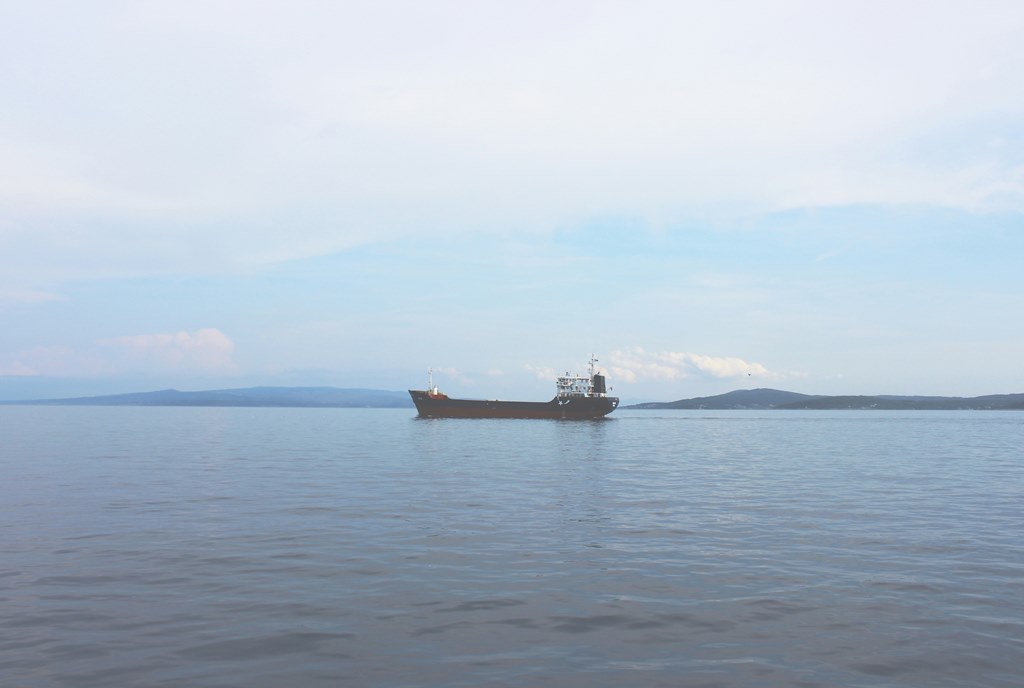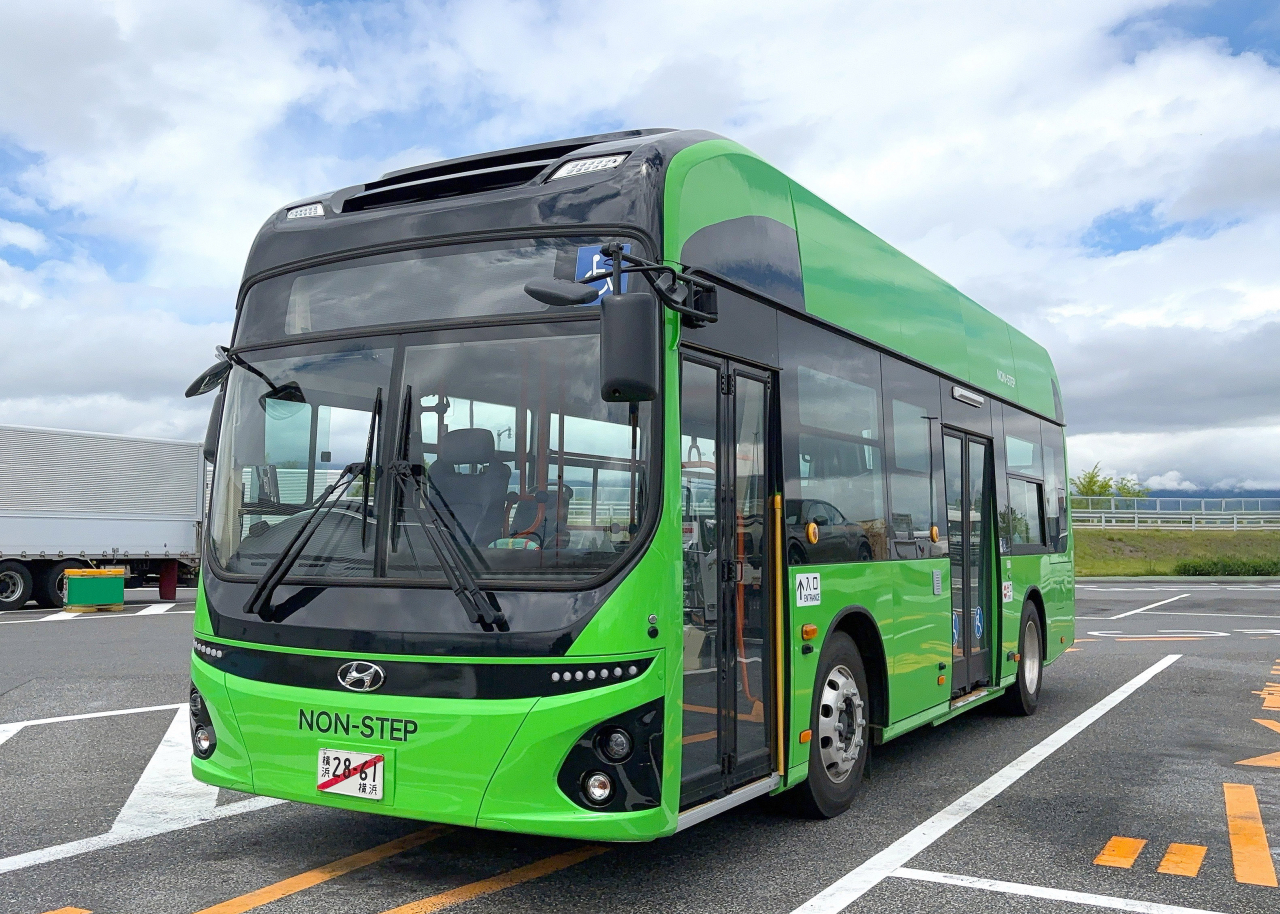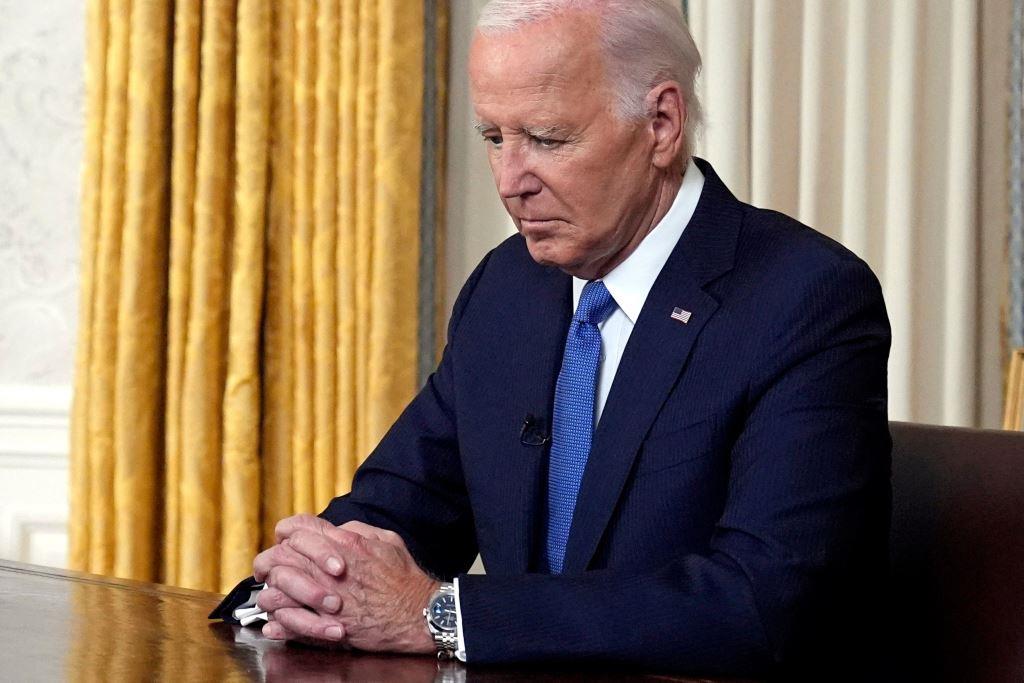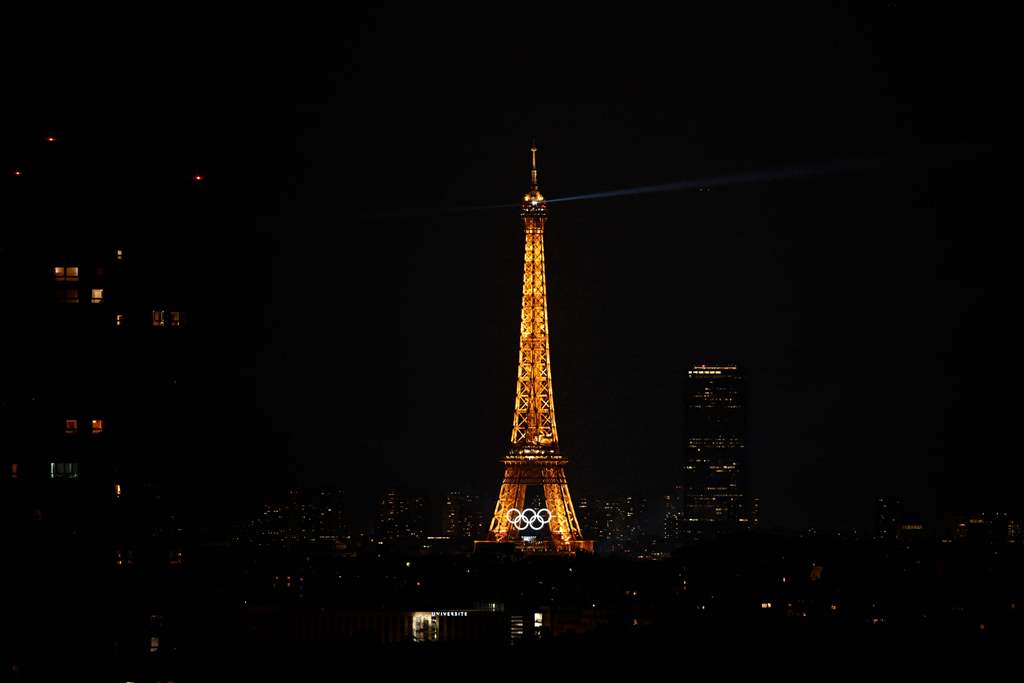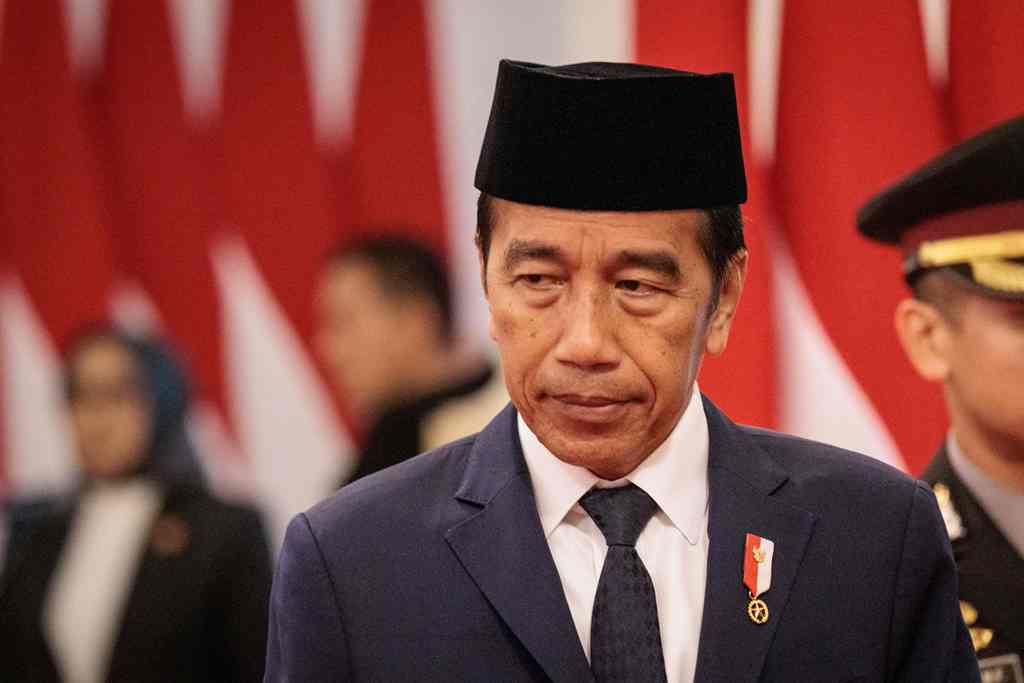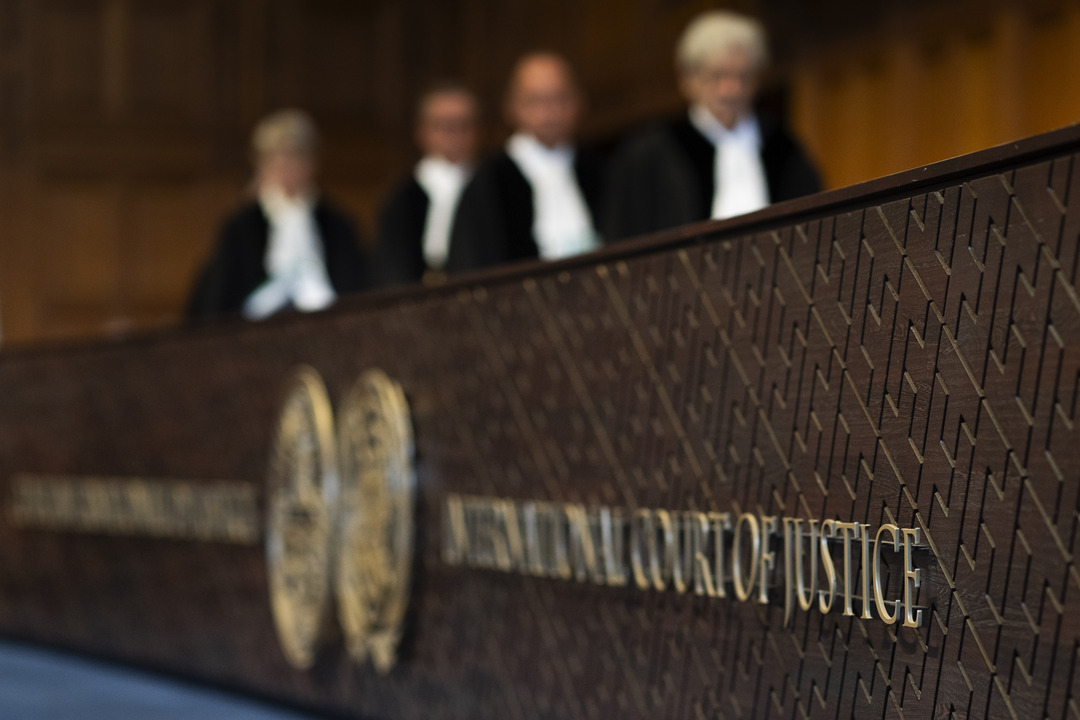SEOUL (ANN/THE KOREA HERALD) – The ongoing feud between Hybe and Ador CEO Min Hee-jin has intensified, as Min filed a lawsuit on Wednesday against Hybe’s CEO Park Ji-won and four other top executives for obstruction of business, unauthorised access to electronic records, and defamation.
The lawsuit also targets Outside Director Lim Soo-hyon, Chief Legal Officer Jung Jin-soo, Chief Financial Officer Lee Kyung-jun, and Chief Communications Officer Park Tae-hee.
Min alleges that these Hybe officers have illegally accessed private messenger conversations, leaked personal information without consent, and manipulated the content to suit their purposes. This legal action follows Source Music’s announcement of their intention to sue Min for allegedly spreading false information about the launch of the K-pop girl group NewJeans.
On Tuesday, Source Music addressed the issue on social media platform X, stating, “Min Hee-jin’s claim that Source Music copied her girl group launching strategy is false.” The label clarified that the strategy approved by Hybe Chairman Bang Si-hyuk in May 2020 was for a new girl group under Min’s label, Ador, and not for the so-called “N team,” a project girl group being trained by Source Music.
Source Music accused Min of distorting the truth to suggest that Chairman Bang instructed her to apply her strategy to the N team. They emphasised that Min’s strategy was never intended for the N team.
This conflict escalated after Min refuted allegations, reported by local entertainment media outlet Dispatch, that she had “stolen” trainees from Source Music who later formed NewJeans. Dispatch reported that Min had taken Minji, Hanni, Danielle, and Haerin from Source Music, where they were training as part of the N team. They also claimed Min delayed the trainees’ debut to expand her role and responsibilities.
In a statement, Min’s lawyers countered these allegations, asserting that Chairman Bang had instructed Min to implement her launch strategy at her own label, Ador, as it was difficult to proceed under Source Music’s infrastructure. Min also contended that she officially complained in August 2020 about Source Music’s new girl group project, which she claimed had copied her May 2020 launch strategy. She added that Source Music admitted to the copying.
Earlier this month, Source Music filed a KRW500 million (GBP361,000) lawsuit against Min, citing defamation and obstruction of business due to her April press conference, which allegedly caused damages to the girl group Le Sserafim.
Both Min and Source Music have stated they will release additional documents to clarify the facts if necessary.


